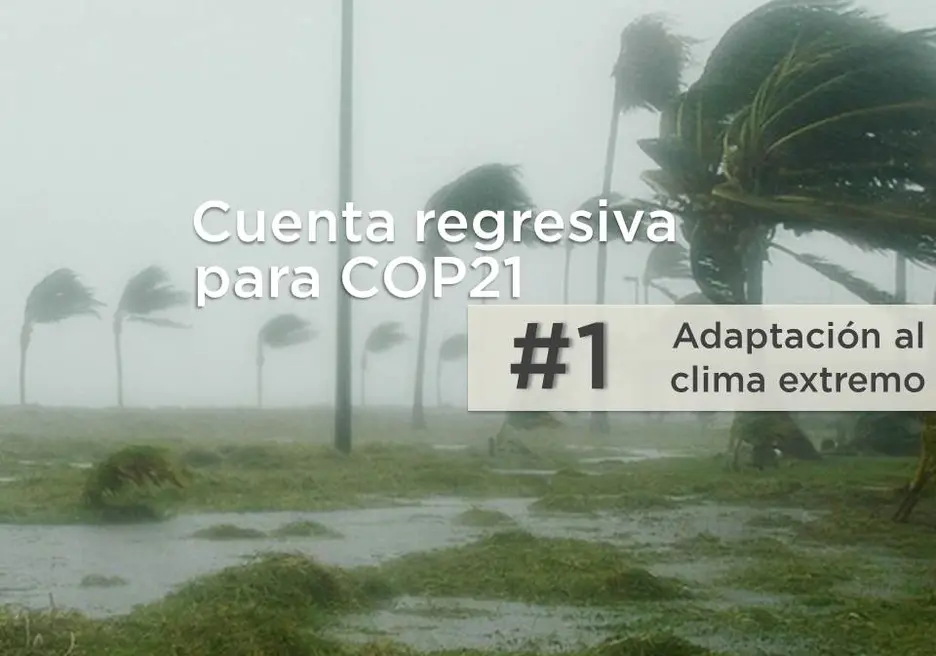Ports vulnerable to climate change but not to inaction

 However, this exposed once again ports’ vulnerability to major and recurrent climatic events. Located on the coast, ports are susceptible to rising sea levels, changes in storminess and waves. Climate-related factors coupled with increases in temperature and changes in precipitation can damage port infrastructure and equipment, reduce operational capacity, compromise pollution control equipment and pose challenges for health and safety. Wider impacts of climate change on the global economy could affect overall trade and port revenues.
However, this exposed once again ports’ vulnerability to major and recurrent climatic events. Located on the coast, ports are susceptible to rising sea levels, changes in storminess and waves. Climate-related factors coupled with increases in temperature and changes in precipitation can damage port infrastructure and equipment, reduce operational capacity, compromise pollution control equipment and pose challenges for health and safety. Wider impacts of climate change on the global economy could affect overall trade and port revenues.
In this context, the development of climate change risk assessments and adaptation plans is a priority for ports themselves and for the countries they serve. Ports play a critical role in the globalized, highly interconnected economy. Ports are centers for national and international commerce, provide suitable environments for trading and support business growth. Climate change risk assessments and adaptation plans allow planners to identify possible climate risks and safeguard ports against those risks.
The Port of Manzanillo in the State of Colima is internationally renowned as one of the main containerized cargo ports globally with 47 percent of the country’s containerized cargo. Moreover, it is a key center for regional trade between Asia and Latin America. Manzanillo has commercial ties with 14 countries in the world. What happens in Manzanillo from a climate standpoint can affect business in 17 Mexican states and greatly disrupt “business as usual” in Mexico. It is not surprising that this port has decided to pioneer the first-ever climate change adaptation study for a port in Latin America and the Caribbean.
The Port of Manzanillo has put forward a climate change adaptation plan that allocates responsibilities among the Port Authority, port operators and local government to adapt to climate change. A few examples include upgrading drainage systems to increase maximum capacity in the event of heavy rains, retrofitting assets vulnerable to flooding, establishing flood alert systems, improving sediment traps and revamping maintenance programs.
In a nutshell, ports are, by their very nature, vulnerable to climate change. But vulnerability doesn’t call for inaction. It calls for an organized response that presents adaptation measures at different levels of a port community. Hurricane Patricia proved once again that more intensive and destructive weather patterns are on the horizon. And inaction is the one response we can’t afford to have.
About the author:
Joana Pascual is a Private Finance Operations Specialist in the Infrastructure Division of the Structured and Corporate Finance Department.
LIKE WHAT YOU JUST READ?
Subscribe to our mailing list to stay informed on the latest IDB Invest news, blog posts, upcoming events, and to learn more about specific areas of interest.
Subscribe



